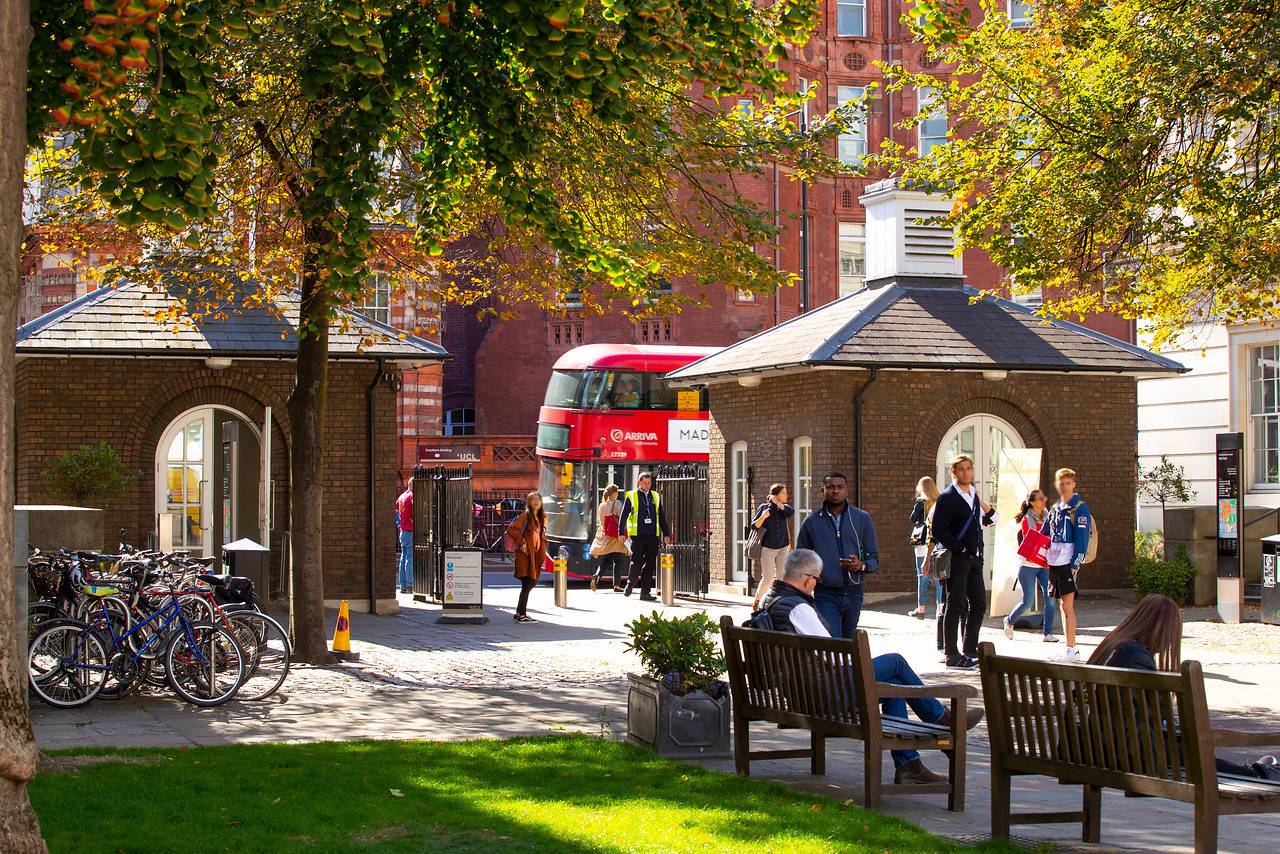by Julian Gooneratne
One of the most exciting things about studying at UCL is the opportunity to live in London, often considered one of the world’s best cities. London acts as a ‘live case study’ for the fascinating built environment, especially with an ever changing landscape, reflecting the multiple regeneration and transformational projects occurring all over the city. As a student at the Bartlett, you’ll often be asked to draw inspiration from your surroundings around you - and London is the perfect place for that! The city’s range of dramatic, contrasting architectural styles continues to be a ‘playground’ for architects, planners and students alike. Whether you’re dealing with a lack of ideas for your next big assignment or looking for a great day out to explore these architectural marvels, I’ll be running down the top 5 places in London to visit to gather inspiration from the built environment.
#5: Barbican Estate and Barbican Centre
Often topping polls of “London’s ugliest buildings,” I believe the Barbican Estate and Centre casts a different shadow on the eyes of those interested in the built environment; it acts as an example of brutalist architecture, developed from a utopian vision to transform an area of London after it was devastated by the bombings during World War II.
Architects Chamberlain, Powell and Bon seized the opportunity to create a “city within a city,” drawing on inspiration from other architectural styles, such as Scandinavian design and French modernism. Today, the Barbican is home to over 4,000 residents, estate gardens, as well as a slew of public spaces, cafes and restaurants open to the public, and is definitely a must-see - I’m sure you’ll be able to form your own opinion about how it looks!
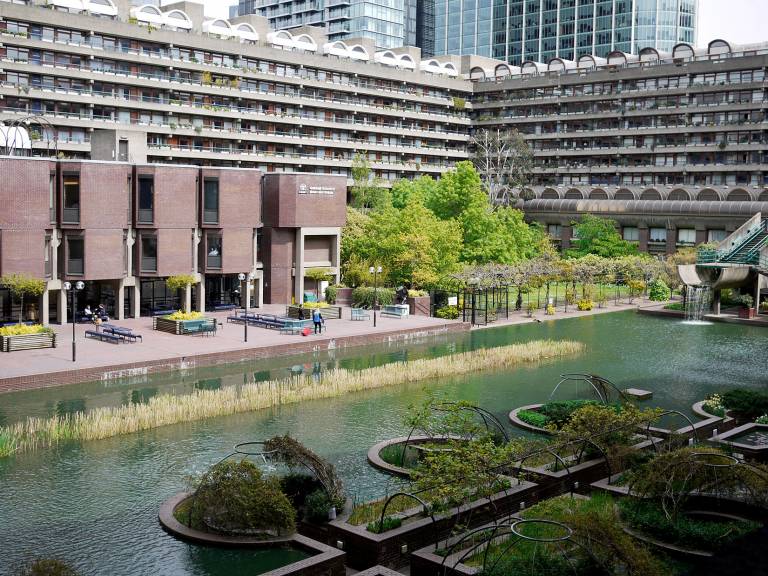
Photo credit: Twitter @BrutalHouse / Instagram @thisbrutalhouse
#4: The Shard
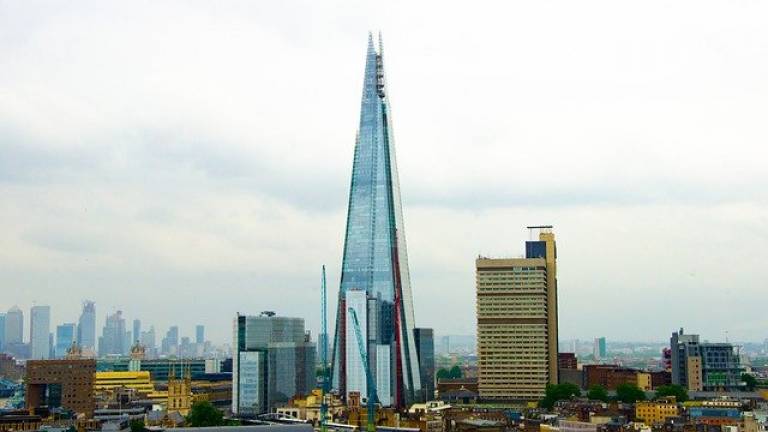
The Shard acts as one of the most iconic buildings in London’s skyline, with the building itself aiming to fulfill a vision of creating a “Vertical City.” Renzo Piano, an Italian architect, was inspired by the spires of London’s churches and the masts of tall ships from 18th century Venetian painter Canaletto. Piano wanted to create a spire-like sculpture that “emerged” from the River Thames.
One of the most notable aspects of The Shard was its approach to lightness and transparency, with seven sloping glass facades reflecting ever-changing pillars of light across the building. This is also apparent in the exterior of the building itself, with the building adapting and blending to the colour and mood of London itself through the use of extra white glass.
Today, it is home to office units, a hotel, and the UK’s highest public viewing galleries as one of the tallest buildings in Western Europe. The viewing gallery is definitely worth a visit (and one thing to put on your bucket list if you’re new to London!)
#3: St. Paul’s Cathedral
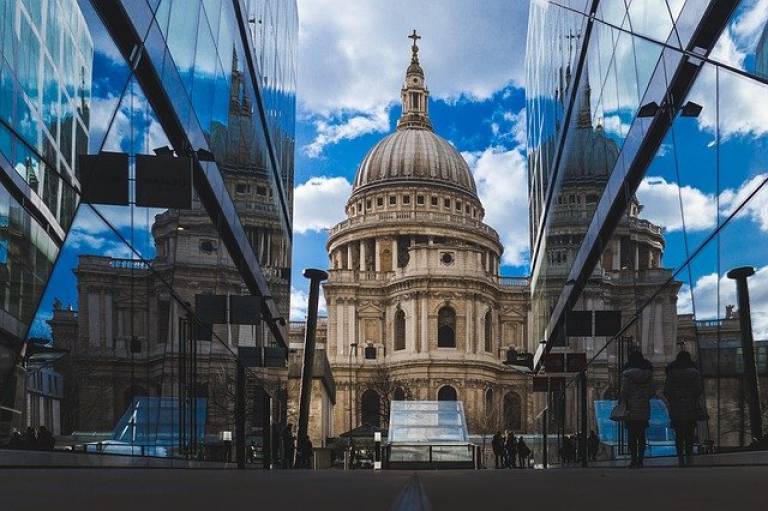
Coming in at third is another one of London’s iconic buildings. The St. Paul Cathedral offers an insight into Baroque architecture, designed by late architect Sir Christopher Wren; it fuses the traditions of English medieval cathedrals with the classical style of Inigo Jones, as well as Mansart’s French buildings. If St. Paul’s looks familiar to you, it may be because the dome itself is heavily influenced by the St Peter’s Basilica in Rome (home of Baroque architecture!)
Today, it has become one of the most familiar, celebrated and talked-about buildings in England, with Wren taking a place as one of the ‘greatest’ in British architectural history, being compared to a “national monument.” Now a popular tourist attraction, its architectural elements continue to leave those who visit in awe.
#2: Buck Street Market
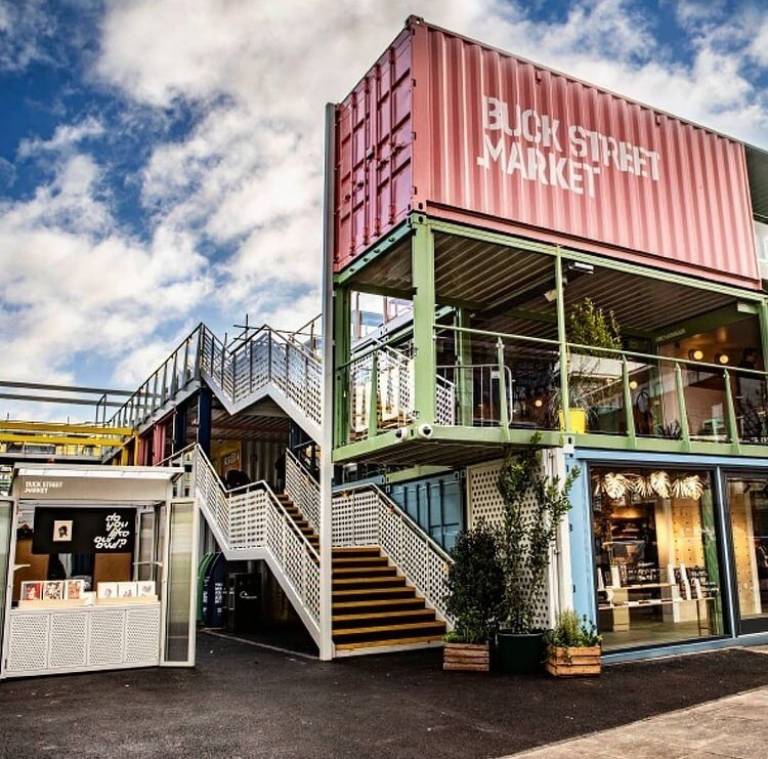
Coming in at second place is one that you’re most likely not to see anywhere else - Buck Street Market. Located in the thriving borough of Camden (home to UCL), it recently opened in March 2020, featuring 88 bright recycled shipping containers spread over three levels. The market aims to act as a leader for sustainability, not only in the way it was built, but also by the tenants of the space.
Reusable shipping containers are a growing trend when it comes to regeneration and redevelopment - and that is exactly what Buck Street Market has done here. It’s home to a plethora of responsible retailers, ethical eateries, street food traders and a community-led garden on Camden’s largest rooftop, all claiming to be zero plastic. If you’re a budding environmentalist, you’ll be itching to hangout here!
#1: King’s Cross Station
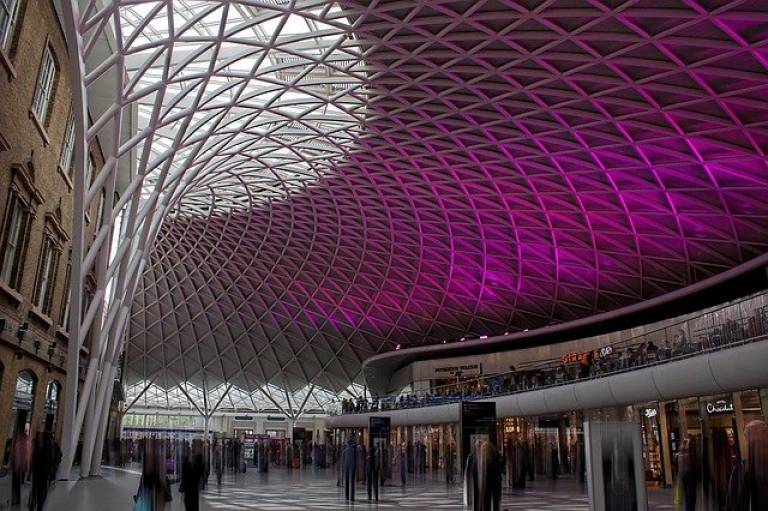
At the top of my list is King’s Cross Station, a fusion of new and old architecture styles that truly mark a transportation hub like King’s Cross St. Pancras, an area that has recently been transformed and redeveloped from industrial wasteland. At the heart of the redevelopment is the reimagining of the station, with the Departure Hall (pictured here) taking on a new life. The redesign found a balance between architect Lewis Cubitt’s original 1852 architectural style and modern, striking 21st century elements, such as the structurally dramatic wave-form roof built of steel and a new vibrant lighting design that flows with the roof’s curvature.
First-time visitors to London will most likely encounter the station upon their first days in London, as it is a major interchange station for both the Underground, the Eurostar and other major rail services. It’s definitely worth a stop - not only for the station, but also for the exciting culture scene, rich heritage and growing business community.
I hope that my list has not only inspired you, but has made you excited for the opportunities that you might have here as a Bartlett student in London. This list, of course, isn’t limited - there is an immeasurable amount of buildings, places and areas to explore in London, especially since the built environment landscape here is always changing.
 Close
Close




